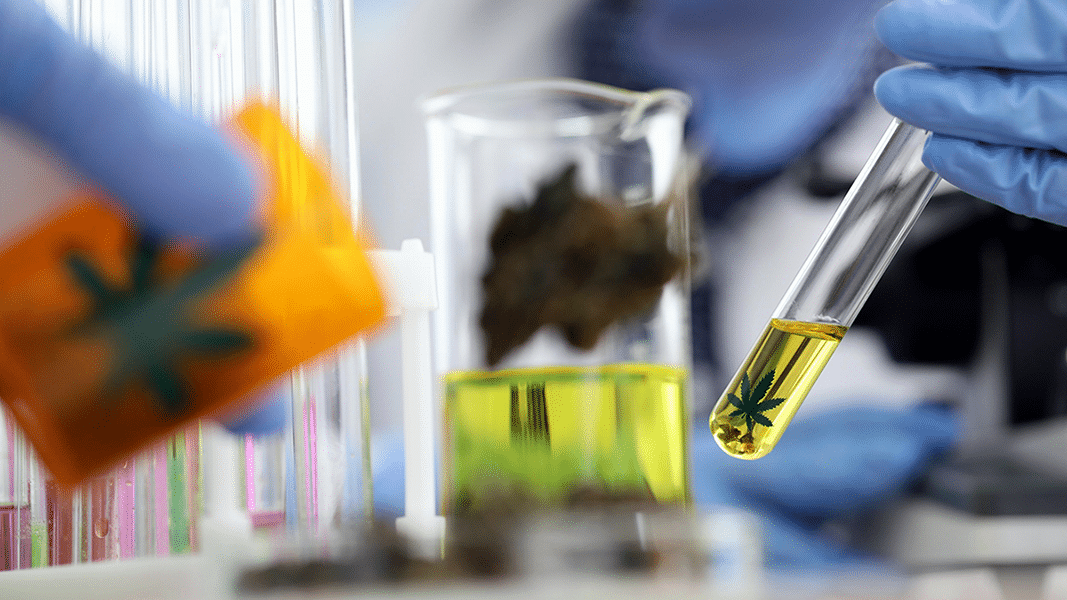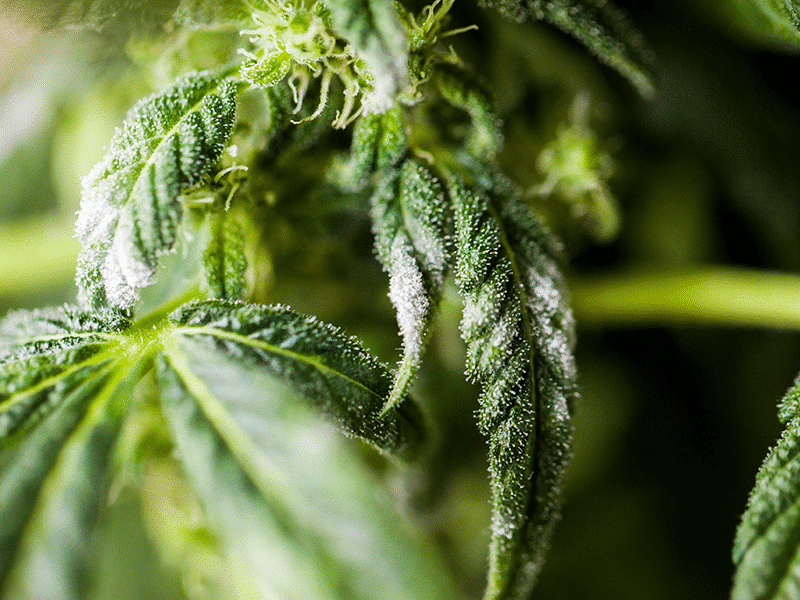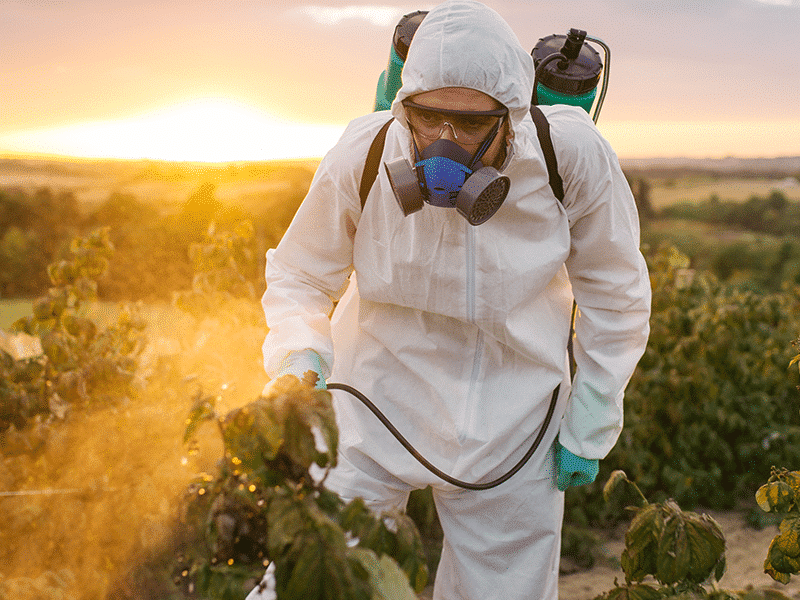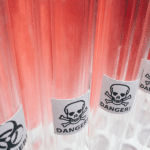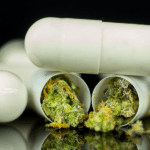Quality control has been an issue in the legal cannabis space since day one. Most American consumers expect when they purchase something from a permitted, above-board business or storefront that what they’re buying is subject to regulation. They assume it meets certain standards or criteria and adheres to some definition of “safe.” Yet when it comes to cannabis and products derived from it, this is not always the case.
Federally legal hemp-derived CBD, CBG, Delta-8 THC, and similar products sold online and in convenience stores nationwide are subject to almost no regulation. This means minimal government oversight over labeling, packaging, and ingredients, and zero testing requirements for potency or contamination. But many consumers likely believe that because these products are sold out in the open and widely advertised as providing health benefits, they’re held to a higher standard.
Even products sold in official, state-sanctioned dispensaries are a bit of minefield. Since the federal government still considers high-THC cannabis verboten , it provides no regulation or guidance over state-level programs at all. This leaves each state that has legalized high-THC cannabis – whether for recreational use, medical use, or both – to decide on its own how to define and assure product quality. The predictable result is 40 different takes (so far) on what’s safe and what’s not, 40 sets of rules stipulating what to test for, how to test, and what to allow at what levels in what products.
Bottom line, legal cannabis quality and safety varies widely from state to state and even product to product, often violating consumers’ expectations and putting their health at risk. Three recent studies offer new insights into different aspects of this massive problem.
Inconsistent & Insufficient State Cannabis Regulations
A September study in Environmental Health Perspectives1 (a free, open-access journal published by the National Institutes of Health) takes a close look at state-level regulations for cannabis contaminants – and finds them, for the most part, extremely inconsistent and likely unprotective of the most vulnerable patients using cannabis for medical reasons.
Inconsistencies were greatest around pesticide regulation. For example, although 27 states tested for the fungicide myclobutanil during the study period, just two tested for the insecticide ethion, even though both may be harmful to human health. And while four states regulated more than 400 different pesticides on cannabis, most of the rest regulated fewer than 100.
Testing rules for metals, solvent residues, and biological contaminants were all over the map, too. “Different jurisdictions showed significant variations in regulated contaminants and action levels ranging up to four orders of magnitude,” the authors write. “This study demonstrates an urgent need for a unified regulatory approach to mitigate the public health risk of cannabis contamination at a national level.”
Heavy Metals, Phthalates & Poor Labeling on CBD Products
By now it’s no mystery there are many problems with the system of legal yet largely unregulated hemp-derived CBD products established by the 2018 Farm Bill. Study after study has demonstrated that these products are often adulterated, contaminated, and improperly labeled, with inconsistent potency to boot. A brand-new study in the journal Science of the Total Environment2 adds to the evidence by reporting on levels of lead, cadmium, arsenic, mercury, and four phthalates (endocrine-disrupting plastic additives) found in a selection of 121 commercially available CBD products in the United States.
The researchers, based at the University of Miami, a Denver testing lab, and Denver’s Clean Label Project, found lead in 42% of the products, mercury in 37%, arsenic in 28%, and cadmium in 8%. Four products exceeded the California Proposition 65 threshold for daily lead consumption in two servings. What’s more, the common phthalate DEHP, known to cause cancer and birth defects and other reproductive harm, was detected in 80% of the samples.
Finally, the researchers tested a total of 516 products for CBD potency to evaluate how close the real values came to those advertised on the packaging. Among these, 40% contained less than 90% of the CBD concentration indicated and 18% contained more than 110%. Less than half fell within ±10% of the level claimed on the label.
Heavy Metals & Unlabeled Additives in Delta-8 Vape Carts
Moving even deeper into the vast new market spawned by the 2018 Farm Bill, a January 2022 study by University of Rochester researchers in the journal Chemical Research in Toxicology3 used three different testing methods to analyze the chemical content of 27 vaporizers from 10 brands containing hemp-derived psychoactive Delta-8 THC.
For starters, potency was off, again: none of the products had accurate Delta-8 labeling. In addition, and more worrying, 11 included unlabeled cutting agents; all had chemical-reaction byproducts including understudied and novel cannabinoids; and all contained a mixture of metals such as magnesium, chromium, nickel, copper, zinc, mercury, and lead, which the authors suggest most likely came from vaporizer components or production materials.
Potential health effects of these exposures are beyond the scope of the study, but there’s no doubt that inhalation is a highly sensitive route of exposure, making contaminated vaporizers (and flower, for that matter) arguably more dangerous than contaminated edibles. As the authors somewhat modestly conclude, “Further chemical, pharmacological, and toxicological testing of these and similar products is necessary.”
Nate Seltenrich, Project CBD contributing writer, is the author of the column Bridging the Gap. An independent science journalist based in the San Francisco Bay Area, he covers a wide range of subjects, including environmental health, neuroscience, and pharmacology. © Copyright, Project CBD. May not be reprinted without permission.
References
- https://ehp.niehs.nih.gov/doi/10.1289/EHP11206
- https://pubmed.ncbi.nlm.nih.gov/35987236/
- https://pubmed.ncbi.nlm.nih.gov/34889611/
Recommended Readings
Bugs, Mold & Excrement
Welcome to the Brave New World of California Cannabis where regulations for mold and filth are absurdly loose.
Hazardous Pesticides in Legal Cannabis
Public health researchers surveyed pesticide use in Oregon between 2016-2017, focusing on worker safety. Steel yourself, it’s bad news.
Endocannabinoids & Endocrine Disruptors
Do chemical pollutants wreak havoc by impairing the endocannabinoid system?

